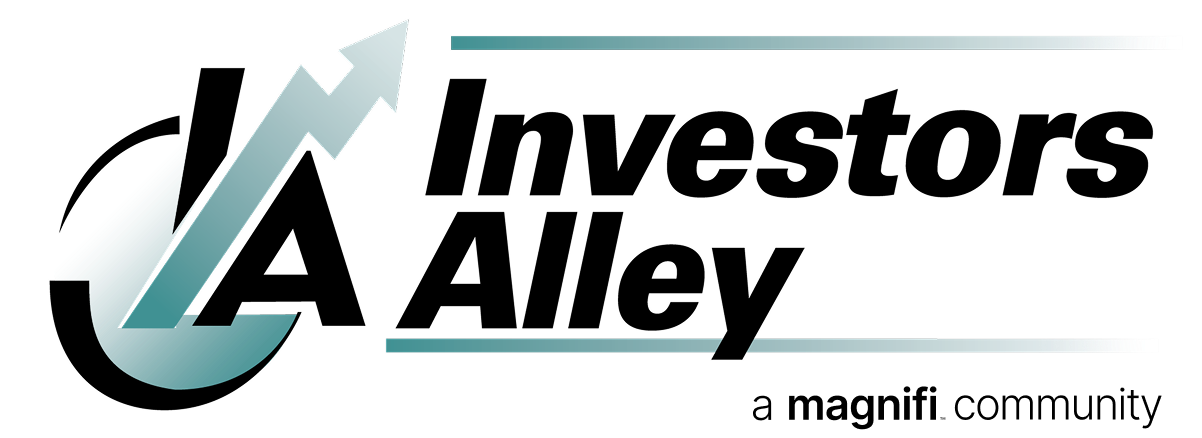When I first started studying markets, I did what most people do: I opened a chart and added every familiar indicator I could find. RSI, MACD, Bollinger Bands, stochastics… The classics. They were everywhere, and they felt like the roadmap to success.
But the more I studied, the more I realized that everyone was following the same map. And in markets, when everyone is looking in the same direction, the opportunity is usually behind them.

Here is the problem: most of these tools were built in a different era, long before data was weaponized and before algorithms could front run every move the crowd might make. They are reactive by design. They respond to price. They follow patterns. But they do not lead.
And in today’s market—one increasingly shaped by retail traders, extended hours, and high frequency systems—reactive is not enough.
Market signals have become so noisy that some traders are now turning to artificial intelligence just to tell them what to trade. That might sound modern, but it is often just a new way to repackage the same old thinking. Most AI models still rely on publicly available data, widely known patterns, and backtests built on behavior the entire market has already seen. If everyone is using the same machine, there is no edge.
That is why I stopped relying on traditional indicators and built something different.
ITV is not based on price formations or moving average crossovers. It was designed to detect behavioral turning points—the exact moments when fear has peaked and is starting to subside.
Why those moments? Because these are when most traders freeze. Volatility is still high, headlines are negative, and confidence is low. But if you have studied behavioral finance, you know this is exactly when opportunity begins.
ITV watches for those extremes, then measures when they are easing. It does not predict; it reads—not the crowd’s words, but its posture.
That distinction matters. Most of the indicators you see on charts today are lagging by nature. They wait for confirmation. By the time they flash a signal, the smart money has already moved. Worse, they are often so widely used that they are easy to exploit. If enough traders are watching the same support level or RSI threshold, it becomes a target, not a tool.
This is not theory. It’s how large players extract liquidity. They know where stops will be. They know where the crowd will jump in. And they use it.
And this is why tools built on behavior, not price, give you a different view. They do not make you immune to volatility, but they do help you understand it.
My ITV system does not tell you what the market should do. It tells you when market participants are making emotional decisions, and whether that emotion is intensifying or fading. This is what drives the best setups, whether I am selling puts for income or buying stocks for growth.
If you are still relying on the same tools everyone else uses, ask yourself this: if the crowd is predictable, why would you want to follow it?
There is nothing magical about my approach. It is just disciplined, tested, and rooted in the reality of how people behave when money is on the line.
And if you are ready to see how this kind of system works in practice, I invite you to learn more about the strategy behind it. Because in this market, the real edge is not about finding a smarter machine. It is about learning to read what others miss.
Trump's Tariffs Judgment Day
Nine U.S. Supreme Court justices could decide the fate of $1 trillion in tariffs and trigger a market shock unlike anything we've seen in years. An award-winning trader reveals how to prepare before the verdict hits. Watch the urgent briefing before it all starts.





